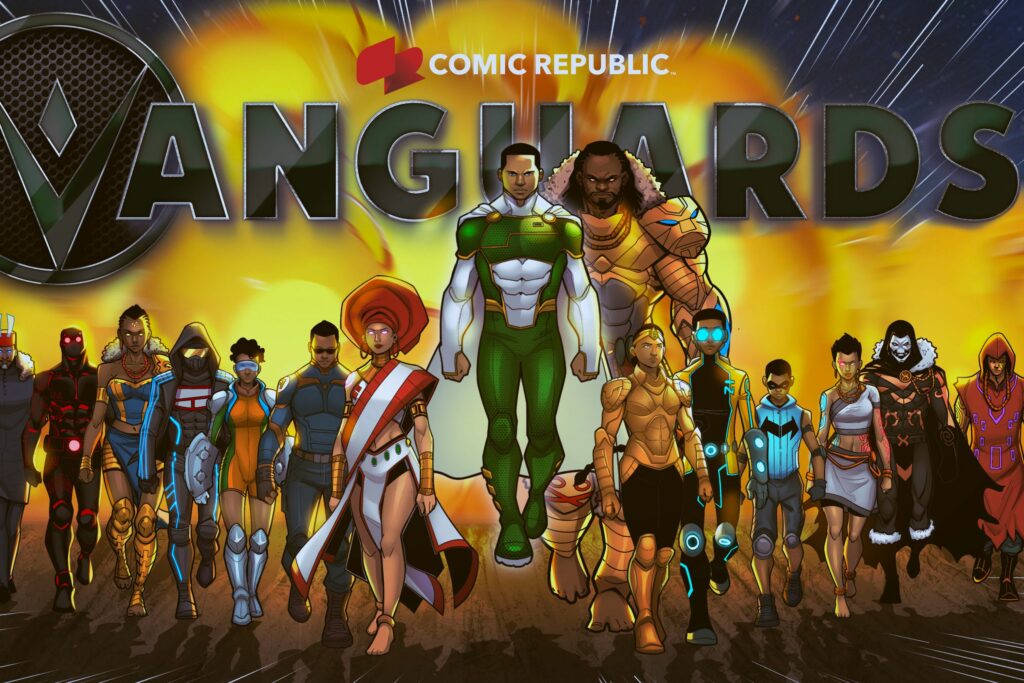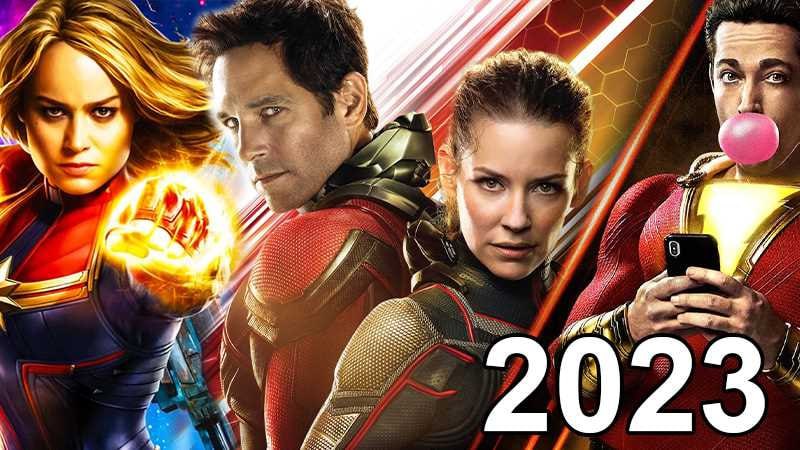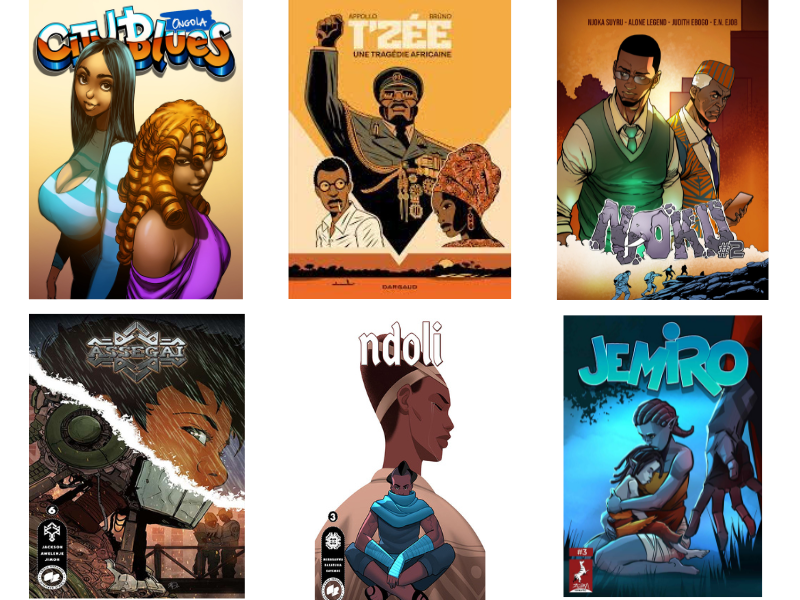The Comic Book Landscape in Cameroon
Like many places in Africa, the creation of comics in Cameroon dates as far back as the 1960s. By then, there weren’t necessarily any comic books which were filled with well thought out stories and super powered characters who chased bandits in the hot neighbourhoods of Cameroon. What was available were newspaper publications which carried […]
The Comic Book Landscape in Cameroon Read More »










